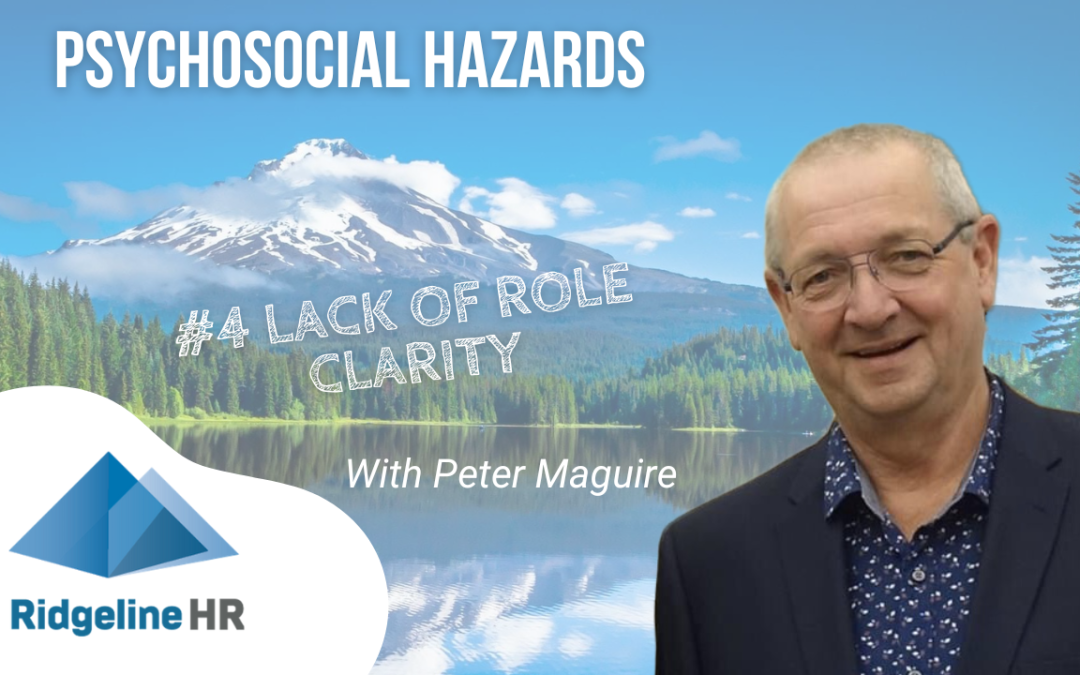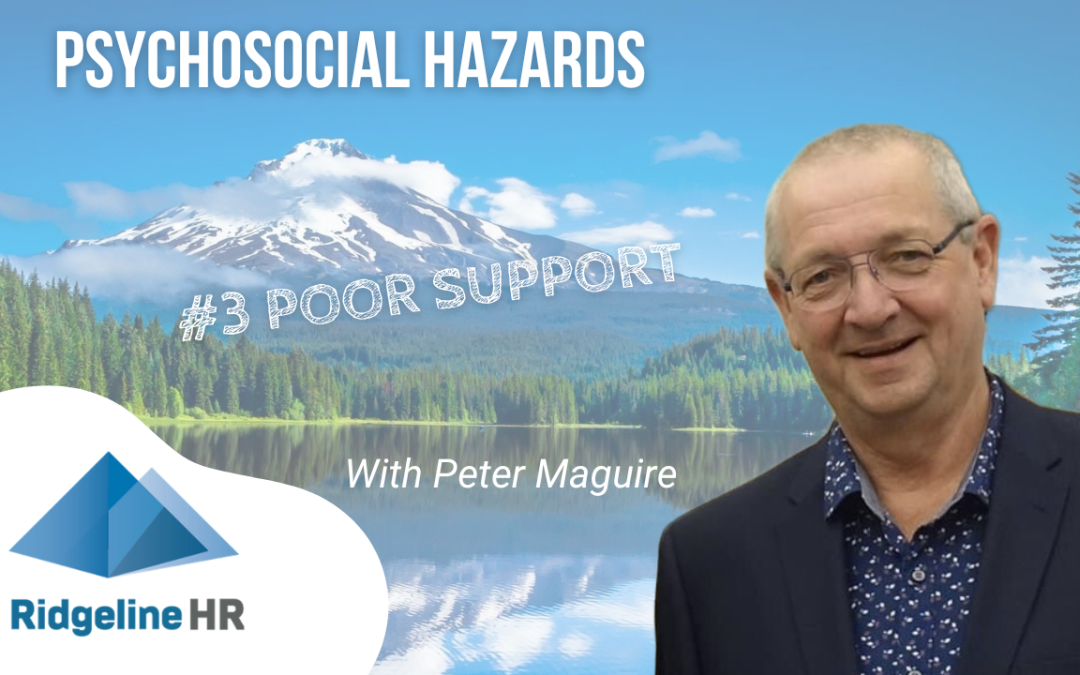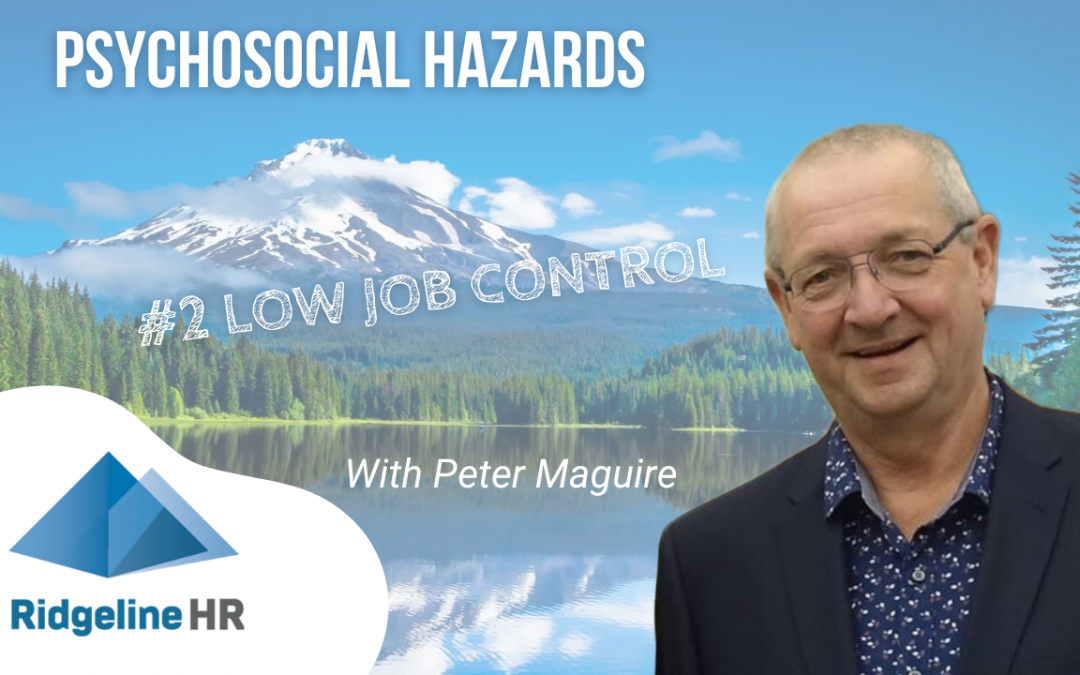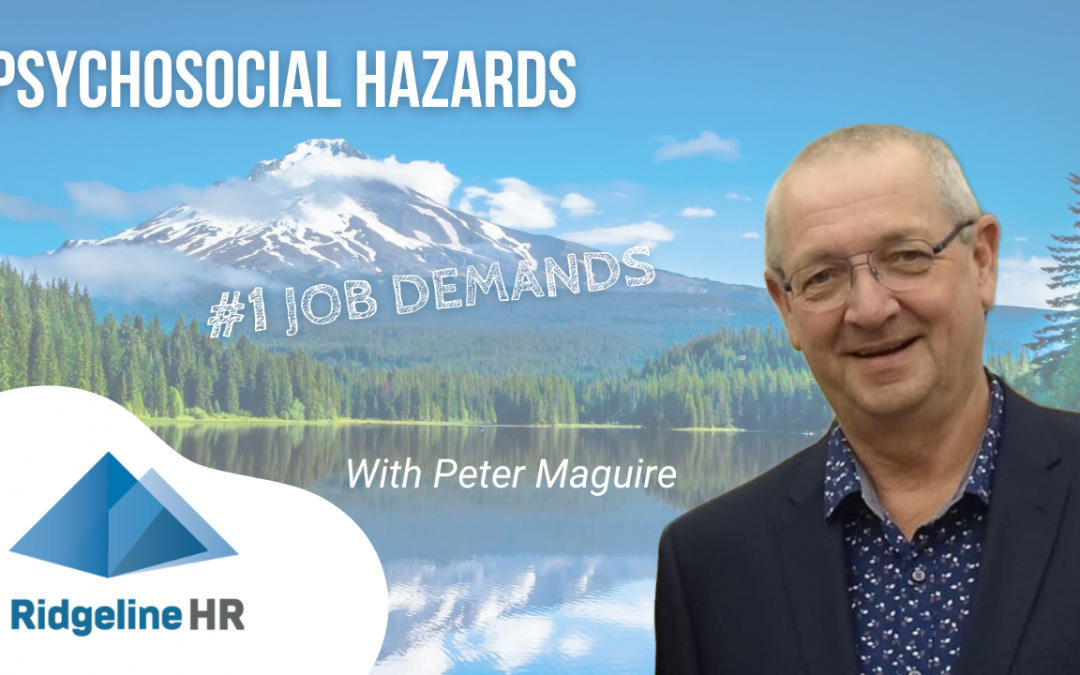
When is an employee redundant?
Latest News & Events
When is an employee redundant?

Would it surprise you if I said that employees do not become redundant?
You see a redundancy occurs when you no longer require a job to be done by anyone because you no longer need it or you can’t afford it or you outsource it, or the business becomes insolvent or bankrupt – so it is jobs that become redundant, not people.
Examples of when redundancy can happen are when a business:
- introduces new technology (for example, the job can be done by a machine)
- slows down due to lower sales or production
- closes down
- relocates interstate or overseas
- restructures or reorganises because a merger or takeover happens.
What rules apply to redundancies?
Under the Fair Work Act, a redundancy must be genuine because, in the past, it has been quite common for organisations to restructure to manufacture a redundancy situation so that a problem employee could be removed without having to go through a bona fide performance management process.
For a redundancy to be genuine, the following criteria must be satisfied:
- The job is not required to be done by anyone
- The consultation provisions in any applicable industrial instrument (award or enterprise agreement) are complied with and
- There are no reasonable opportunities to redeploy the surplus employee to another role in the business of any related entity.
If a redundancy fails to meet any one of those tests, it is considered a sham redundancy and that is a valid ground for a claim of unfair dismissal.
Payments applicable on retrenchment
In circumstances where an employee’s position becomes redundant and there are no reasonable redeployment options, the employee is terminated by way of retrenchment.
The rules generally applying under National Employment Standards are that an employee who is terminated by the employer is entitled to payment of any outstanding wages and annual and long service leave entitlements and observance or payment in lieu of the required period of notice of termination. That notice period does not apply to summary dismissal due to serious misconduct.
When an employee is retrenched, the employee, if employed in an organisation of 15 or more employees, is also entitled to a severance payment ranging from 4 weeks wages after 1 year of employment to 16 weeks after 9 years of employment reducing to 12 weeks after 10 years of employment.
That reduction was determined by the Australian Industrial Relations Commission on the basis that an employee with 10 years service also received payment in lieu of long service leave (which people now get after 7 years service). So it doesn’t make a lot of sense and it is clearly not fair. Bearing in mind that this is a minimum standard, you don’t have to apply that reduction after 10 years service if you want to be fair.
Employers with less than 15 employees do not have to pay that severance payment on redundancy.
Are there exceptions?
Of course there are.
The Fair Work Act provides that modern awards might have Industry Specific Redundancy Schemes which would operate in lieu of the NES provisions for employees covered by the relevant award.
These exist under the Building and Construction General On-site Award 2020 and the Plumbing and Fire Sprinklers Award 2020. Under these awards, redundancy has quite a different meaning – it “means a situation where an employee ceases to be employed by an employer other than for reasons of misconduct or refusal of duty“. Payment is capped at 8 weeks pay after 4 years service but the different definition means that employees who leave the employer of their own volition (ie if they resign) after 12 months service are entitled to that redundancy payment.
Another exception is the Textile, Clothing, Footwear and Associated Industries Award 2020 which provides for redundancy payments of up to 8 weeks for employees of organisations with less than 15 employees.
Need help?
-
Give us a call on 1300 108 488 to arrange your free first consultation to see how we can help with advice and support on this or any other HR matter
CONTACT US
Ridgeline Human Resources Pty Ltd
ABN : 24 091 644 094
enquiries@ridgelinehr.com.au
0438 533 311
PARTNER LINKS
QUICK RESOURCE LINKS










